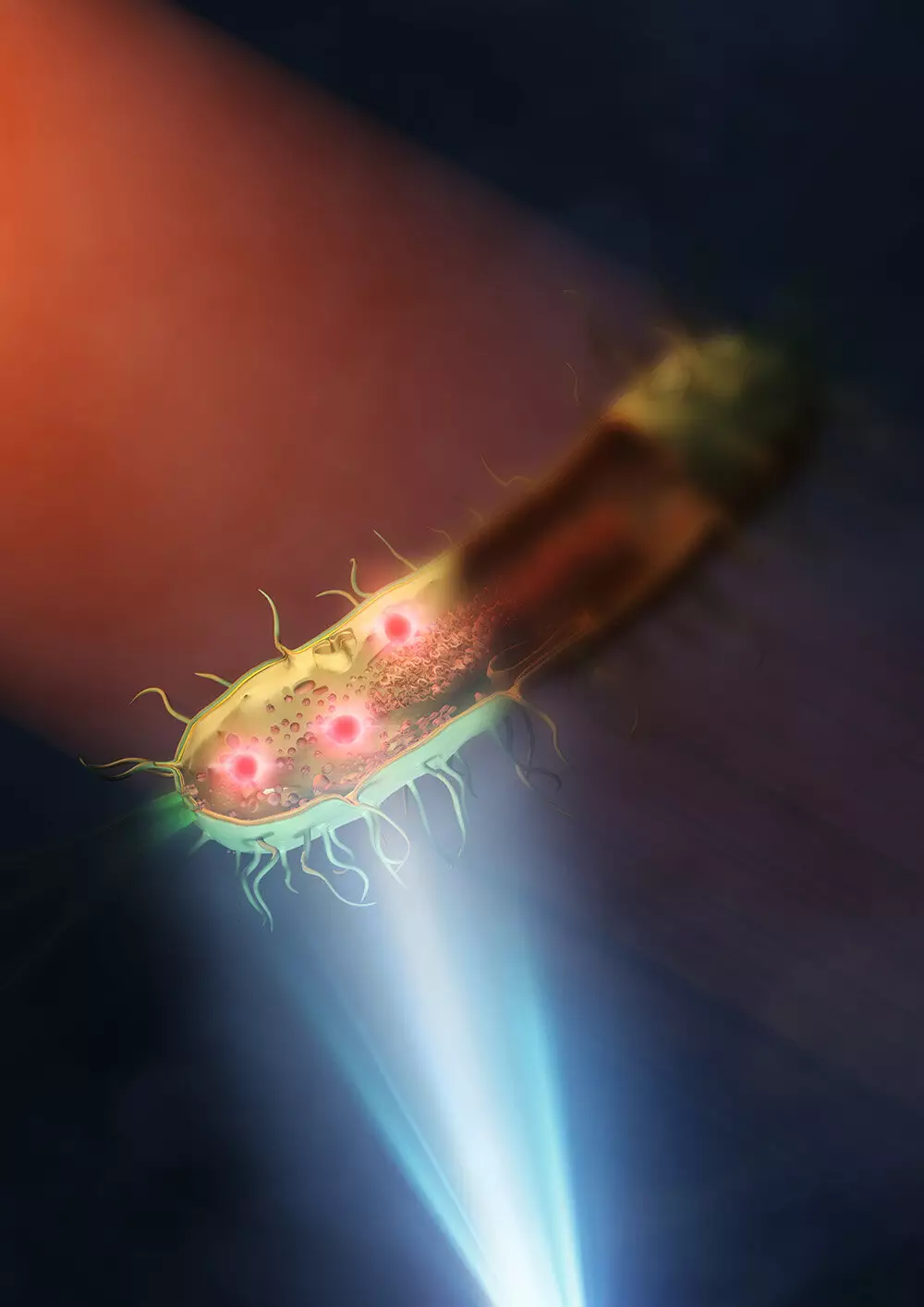Microbiology has always been a field that requires high precision and accuracy when studying samples at the microscopic level. One of the challenges faced in this field is the limited resolution of certain microscopy techniques that hinder the ability to observe structures within living bacteria. Recently, a team at the University of Tokyo has made significant advancements in mid-infrared microscopy, enhancing the resolution to 120 nanometers. This breakthrough opens up new possibilities for research in various fields, including infectious diseases.
While existing microscopy techniques have provided invaluable insights into the microscopic world, they come with their own set of limitations. For instance, super-resolution fluorescent microscopes often require specimens to be labeled with fluorescence, which can be toxic to samples and lead to sample bleaching with extended light exposure. Similarly, electron microscopes offer impressive details but require samples to be placed in a vacuum, making it impossible to study live samples. Mid-infrared microscopy, on the other hand, provides both chemical and structural information about live cells without the need for labeling or damaging them. However, its resolution has traditionally been lower compared to other microscopy techniques.
The research team at the University of Tokyo has managed to overcome the limitations of traditional mid-infrared microscopy by achieving a resolution of 120 nanometers, a significant improvement over the previous capabilities. Professor Takuro Ideguchi from the Institute for Photon Science and Technology at the University of Tokyo explained that this breakthrough is approximately 30 times better than conventional mid-infrared microscopy. The team used a novel technique called “synthetic aperture,” which involved combining images taken from different illuminated angles to create a more detailed picture.
In their study, the researchers placed samples of bacteria (E. coli and Rhodococcus jostii RHA1) on a silicon plate that reflected visible light and transmitted infrared light. This setup allowed the team to use a single lens to better illuminate the sample with mid-infrared light and capture more detailed images. By eliminating the need for multiple lenses that inadvertently absorb some of the mid-infrared light, the researchers were able to achieve clearer and sharper images of the intracellular structures of bacteria.
The enhanced resolution provided by the improved mid-infrared microscopy has significant implications for the field of microbiology. It opens up new avenues for studying antimicrobial resistance and other critical issues in infectious diseases. Furthermore, the researchers believe that further improvements in the technique, such as using better lenses and shorter wavelengths of visible light, could push the spatial resolution below 100 nanometers. This could revolutionize the way microbiologists study cellular structures and interactions at the nanoscale.
The advancements made by the University of Tokyo research team in enhancing mid-infrared microscopy represent a significant step forward in microbiology research. The ability to observe the structures inside living bacteria at the nanometer scale with improved resolution has the potential to revolutionize the field and pave the way for new discoveries in infectious diseases and beyond.


Leave a Reply